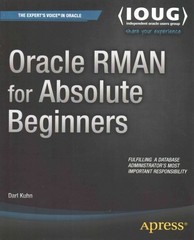Answered step by step
Verified Expert Solution
Question
1 Approved Answer
VIII. (10 points) Applying the Master Theorem to the recurrence equation TU) = 7T(n/4) + 4n + 2; T(1)-0 Yields the result that T(n) is

VIII. (10 points) Applying the Master Theorem to the recurrence equation TU) = 7T(n/4) + 4n + 2; T(1)-0 Yields the result that T(n) is in Applying the Master Theorem to the recurrence equation T(n) = 2T(n/2) + n; T(1) = 1 Yields the result that T(n) is in (a) (mg47) (b) e(log n) (c) e(nlogn) (a) e(n) (b) (log n) (c) (nlogn) (e) None of the above (e) None of the above IX. (10 points) In Merge Sort when the array is given in reverse sorted order, eg, 8 7 65432 1, the complexity function (counting a comparison as the basic operation) is (a) nlgn-n+1 nlgn+n- 1 (nlgn)/2 d) n2 (e) Neither equal to the worst case nor the best case X. (10 points) The every-case complexity function T(n) for an algorithm input on an input of that size size of the input input of that size (a) maps the input into the number of basic operations executed with that (b) maps the size of the input into the number of basic operations executed maps the number of basic operations executed by the algorithm into the (d) maps the size of the input into the running time for the algorithm with arn (e) maps the input into the running time for the algorithms with that input
Step by Step Solution
There are 3 Steps involved in it
Step: 1

Get Instant Access to Expert-Tailored Solutions
See step-by-step solutions with expert insights and AI powered tools for academic success
Step: 2

Step: 3

Ace Your Homework with AI
Get the answers you need in no time with our AI-driven, step-by-step assistance
Get Started


